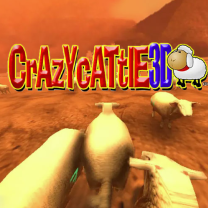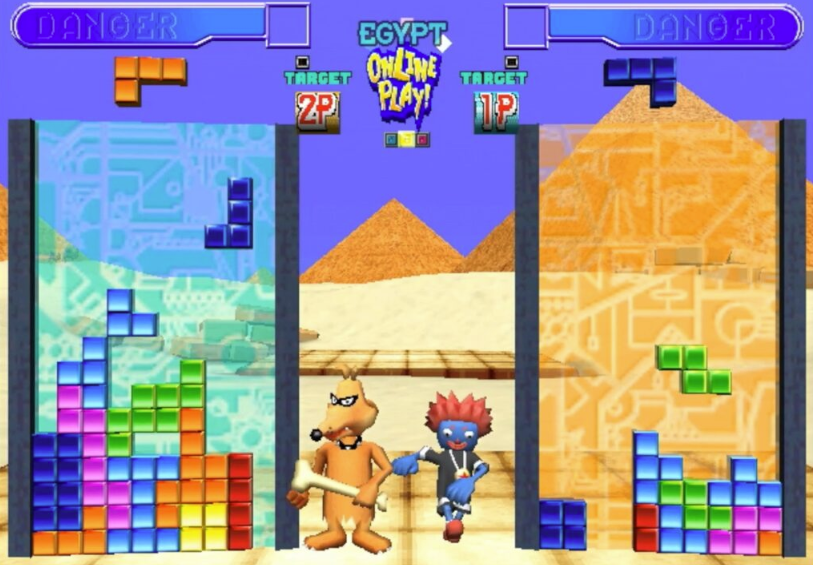
0

Sprunki Save

Sprunki SuperHero

Italian Brainrot Clicker

Sprunki Wenda Treatment

Sprunki Retake But Abgerny

Squirrel With A Gun

Noob In Search Of Sprunki

Sprunki Phase 4 But Normal

Sprunki Craft - Sandbox 3D

Stardust (Incredibox)

Minecraft Sprunki Incredibox

Brainrot Clicker

Singing Blob

Raven Star

Poor Bunny

Sprunki Clicker

Crazy Cattle 3D

Sprunki Retake

Sprunki Phase 3

Sprunki Phase 4

Sprunki Phase 5

Sprunked

Tung Tung Sahur GTA Miami

Crazy Cattle 3D Unblocked

Sprunki Dandy's World

Sprunki Phase 10

Sprunki Phase 7

Sprunki With Fan Character

Sprunki Phase 1

Incredibox Mustard

Sprunki Phase 6

Sprunki Incredibox

Sprunki Phase 2

Sprunki But Alpha

Sprunki But Everyone Is Alive

Sprunki Infected

Sprunki Phase 8

Colorbox Mustard

Sprunki But I Ruined It
Lazy Tetris is a casual puzzle game that takes inspiration from the iconic game of Tetris, but with a relaxed, minimalist spin. Unlike traditional Tetris, where pieces fall at increasing speeds and players race against the clock, Lazy Tetris lets you take your time. There’s no time pressure, and the blocks fall gently, allowing for a more thoughtful and leisurely gameplay experience. It’s perfect for puzzle lovers who enjoy spatial challenges without the stress.

In Lazy Tetris, the objective remains the same: fill horizontal lines with blocks to clear them and earn points. However, the key difference is the pace. The game is designed to be slow and methodical. You can rotate and move the blocks as usual, but there's no rush. This slower gameplay allows you to focus on strategy and pattern recognition rather than quick reflexes.
Lazy Tetris also introduces some unique design elements. The visuals are often stripped-down and calming, with soothing colors and soft music in the background. It’s more about mental relaxation than high-stakes competition, making it a great option for winding down after a long day or playing during a break.
Even though Lazy Tetris is relaxed, strategy still plays an important role if you want to achieve high scores or clear more lines efficiently. Here are a few tips to help you improve your game: